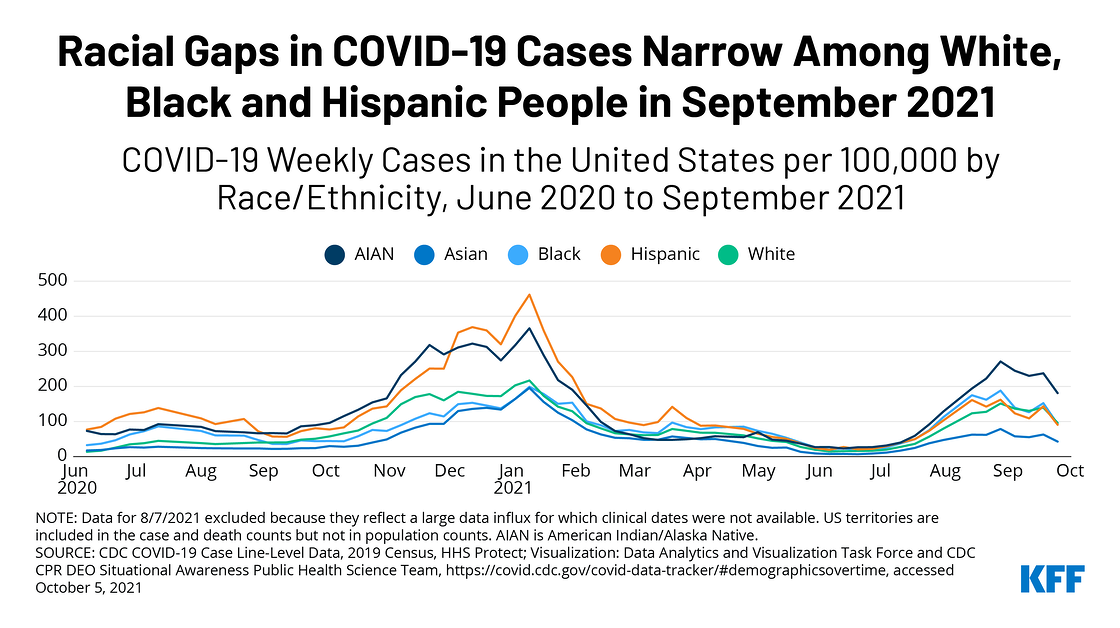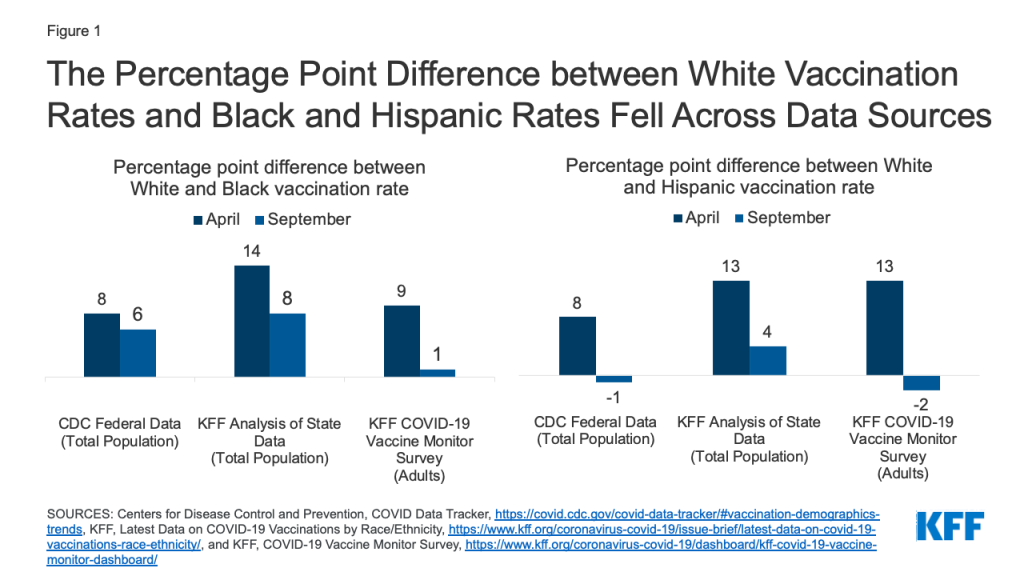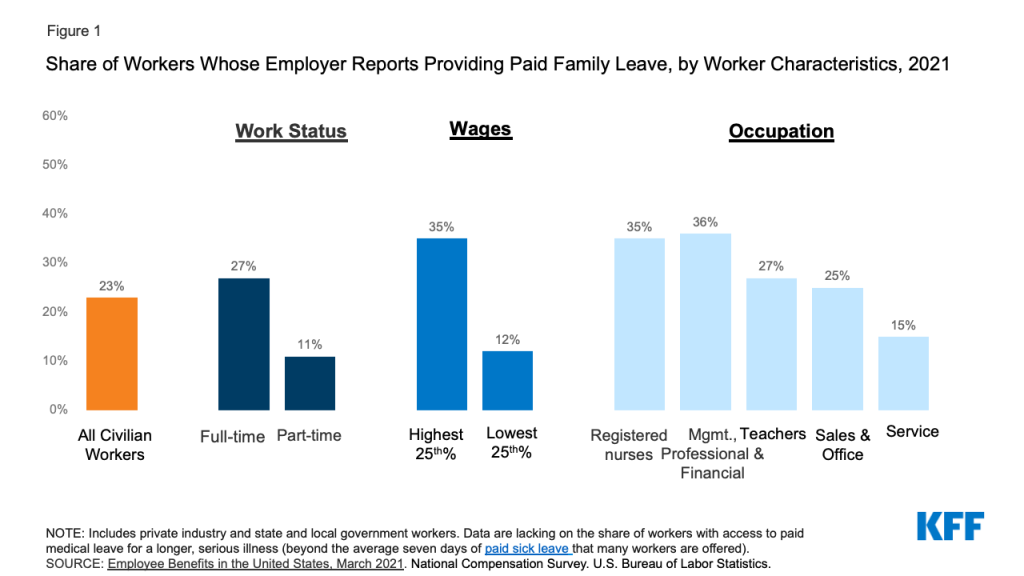Returning to School: State COVID-19 Prevention Policies Across the Country
With millions of U.S. school children returning to in-person learning for the 2021-2022 school year, schools are grappling with how best to keep students, and the larger school community, safe as the COVID-19 pandemic continues and most elementary students are still not eligible for vaccination. While school policy is primarily made at the state and local levels, the Centers for Disease Control and Prevention (CDC) has issued guidance recommending a layered approach for COVID-19 prevention and mitigation in K-12 schools that promotes, among other things, vaccination as the best way to prevent severe illness, hospitalization and death, universal masking for students, teachers, staff, and visitors to schools, and regular screening testing of students and staff, particularly those who are unvaccinated, so that measures can be taken to prevent further transmission.
To better understand the extent to which states have adopted policies consistent with CDC guidance, we examined state policies for all 50 states and DC focused on COVID-19 prevention strategies in K-12 public schools for the 2021-2022 school year. We looked at policies in the following areas: vaccine mandates for school employees and students; mask requirements; and requirements for COVID-19 screening testing of students and staff. We also sought to identify where states left such decisions up to local school districts. We used data from the National Center for Education Statistics on projected public school enrollment in 2021 to obtain the number of elementary and secondary public school students by state.
As of October 5, 2021, we find that most states have left COVID-19 prevention decisions up to local school districts, and in some cases, have prohibited local districts from implementing them. As a result, there is wide variation in the use of such strategies across the country and within states, including by school district or even by individual schools. In addition, large shares of K-12 public school students live in states that do not mandate COVID-19 prevention strategies in schools, though, in many cases allow local districts to implement such measures and do provide funding and other assistance. Specific findings in each area are as follows:
- COVID-19 Vaccine Mandates: Most states (40) do not require school employees to get vaccinated. Of the 11 that do, they are primarily in the Northeast and West. Overall, seven in ten (70%) K-12 public school students live in states without such requirements while the remainder (30%) are in the 11 states that have vaccine requirements.So far, California is the only state to mandate that all eligible students be vaccinated, though that requirement is not scheduled to take effect until July 1, 2022 for students in grades 7-12. The mandate for younger children will take effect six months following full FDA approval of the vaccine for the age group. This is likely to be an area that will change, as all states mandate vaccines for school children in many instances including for measles, mumps, and rubella (MMR), diphtheria, tetanus, and pertussis (DTaP/Tdap), and chickenpox.
- Mask Requirements: Currently, 18 states require masks in school—11 states have broader statewide face mask requirements that also apply to schools, while mask mandates in 7 of these states are specific to schools (and certain other settings). Twenty-five states do not have a statewide requirement for masks in schools but allow for local school districts to institute such requirements. An additional 8 states prohibit schools from requiring masks, though these bans are being challenged in court in nearly all of the states.States in the Northeast are most likely to require masks, and none prohibit them, while states in the Midwest are the least likely to require them. Two thirds of states that prohibit masks are in the South. The majority of K-12 public school students either live in states that do not require masks (43%) or prohibit such requirements (25%). About one-third (32%) live in states that do require them (although because of decisions by local school districts in many states to require masks, a larger share of students attend schools that require them). None of the 8 states that prohibit masks have vaccine mandates in schools.
- COVID-19 Screening Testing: Almost all states (45) have left COVID-19 testing decisions up to local school districts. Both DC and New York are exceptions, with each requiring screening for all schools. DC conducts opt-out surveillance testing of a random sample of at least 10% of asymptomatic students each week, while New York requires weekly testing of all teachers and staff, with an opt out for those who are fully vaccinated. Four states require testing in certain situations: Nevada requires students who are not fully vaccinated to be regularly tested if they travel to other schools for athletic events; Michigan requires all unvaccinated individuals ages 13-19 participating in school and non-school sponsored sports to be tested weekly; Utah has a Test to Stay policy to support in-person education that requires testing of all students during COVID-19 outbreaks; and Washington requires student athletes who are not fully vaccinated but involved in high-contact sports to be regularly tested.Several states, including Maine and Massachusetts, have established voluntary pooled testing programs in which local districts can participate, and other states are using federal COVID-19 funding to support schools that would like to implement COVID-19 testing programs.
Implications
States have staked out different approaches to mandating COVID-19 prevention measures in K-12 public schools, although most have left decisions up to local school districts, where most school policies are made, or even to individual schools. While some states have adopted CDC-recommended COVID-19 strategies, most are not requiring schools to implement proven and effective COVID-19 interventions that can help to keep children and school communities safe. As a result, there is wide variation in the use of such strategies across the country and within states, including by school district or even individual schools. In addition, large shares of K-12 public school students live in states that do not mandate such strategies, including 70% of students who live in states that do not require school staff to get vaccinated and more than two-thirds who live in states that either do not require masks or prohibit them. Most states also leave decisions regarding the use of regular COVID-19 testing, a proven public health intervention to identify those who might be infectious and reduce onward transmission, up to local districts or individual schools, although in several cases, states make resources available to support them including in instituting school-wide, regular screening programs.
This analysis is based on data as of October 5, 2021. For the latest data on COVID-19 prevention strategies in schools, please see https://www.kff.org/report-section/state-covid-19-data-and-policy-actions-policy-actions/#schools.







